Crosswind Landing Gone Wrong: TUI Boeing 737 at Leeds Bradford
Fear of Landing
FEBRUARY 7, 2025
As they descended towards Leeds, the crew calculated the landing performance with the wind at 060 at 19 knots. The approach controller gave them the current wind as 070 gusting 33 knots and let them know that a Boeing 737-800 had just landed. And sometimes its 35 knots across *and* thick fog. It’s not *always* like that.


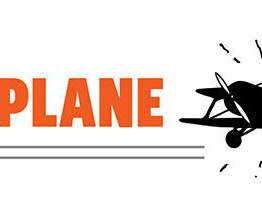

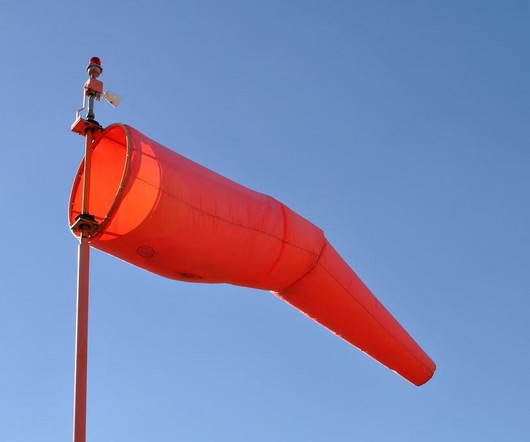



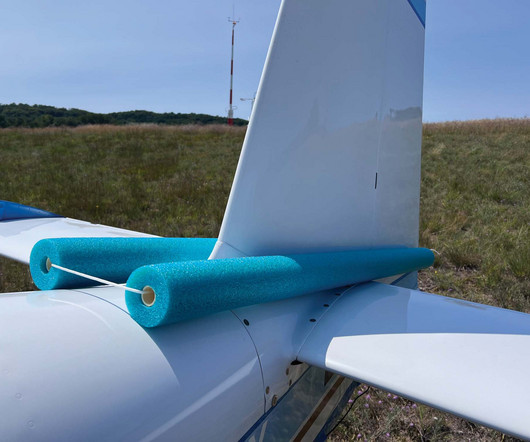

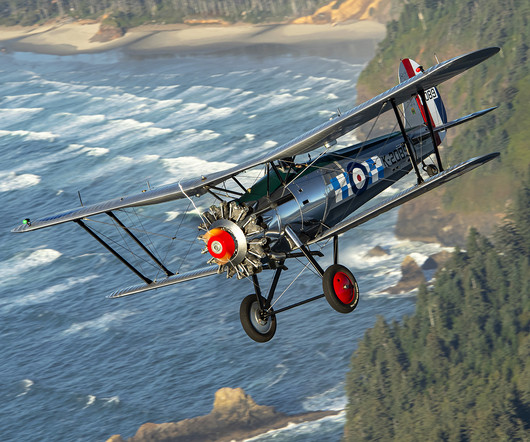

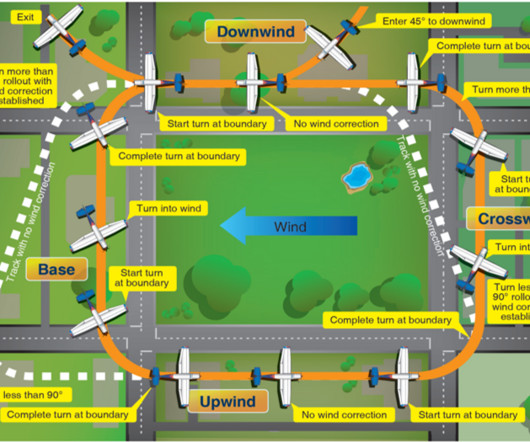
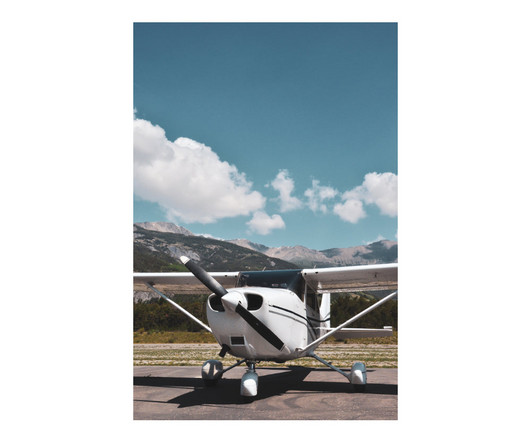

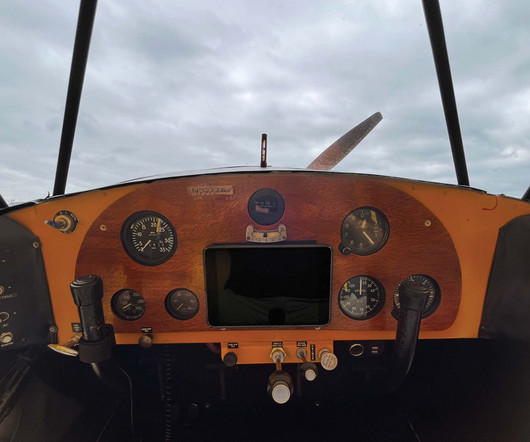
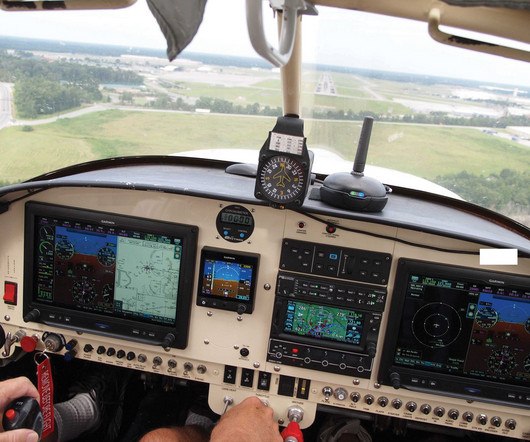
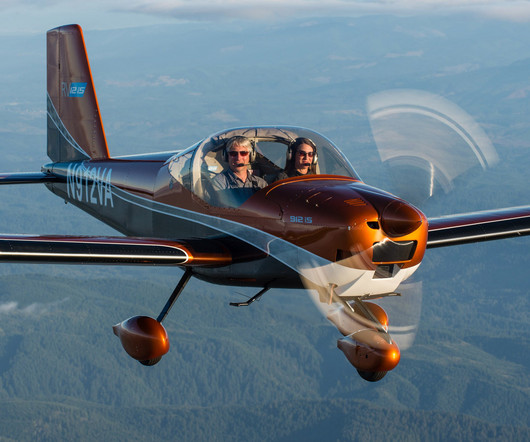





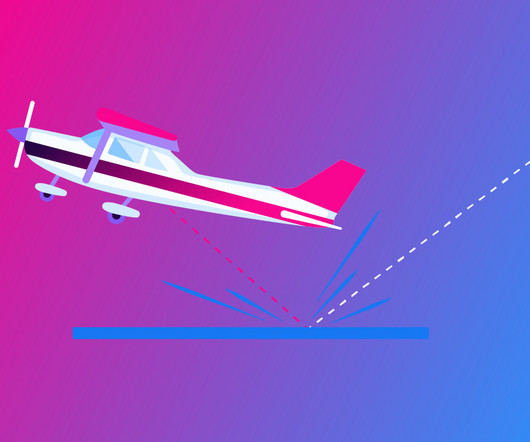


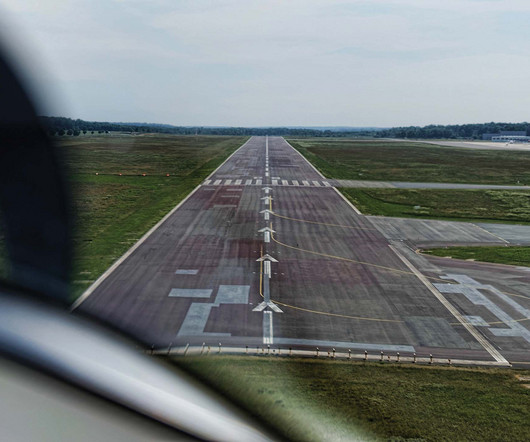
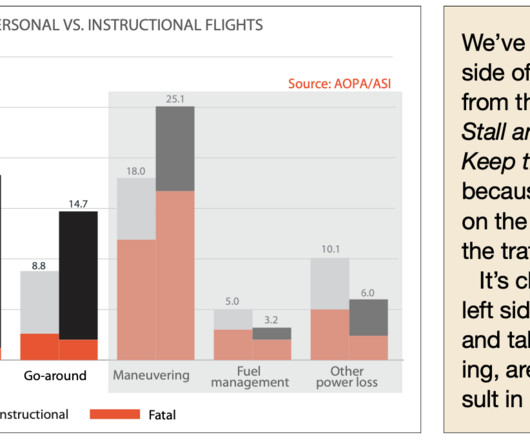


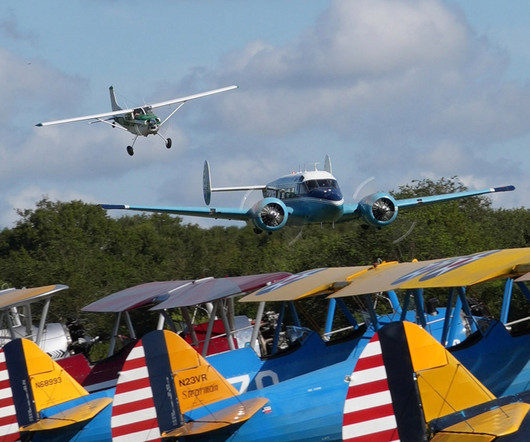











Let's personalize your content